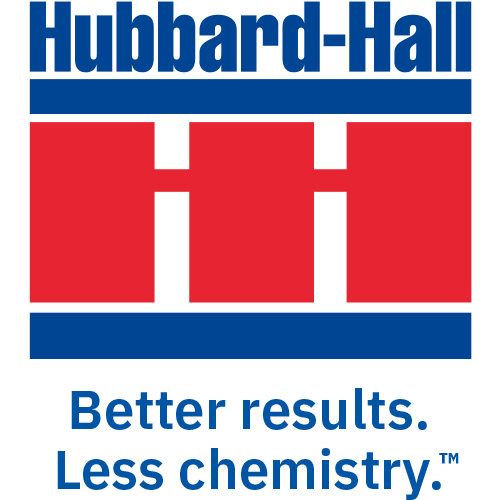Myths of Cleaning
Myth 3 of 8: Aqueous cleaning is always “safer” than solvent
There’s a misapprehension that “Aqueous Cleaning” refers to cleaning with water. While water is involved, and under the right circumstances can be a solvent, in aqueous cleaning systems the water contains additives. These have several functions, such as lowering surface tension, creating chelation, (the drawing-out of metals,) modifying pH and saponification, (turning fats into salts of fats.) These additives, especially those strongly acidic or alkaline, can pose health hazards. Before assuming aqueous cleaning is safer, check the SDS to find out what’s being used.
Solvents also need a close look. Some release VOC’s, especially during drying. Some give off strong or unpleasant odors, and some may be hazardous. There’s also the question of flammability: some are and others aren’t. But it’s a generalization to say that aqueous is always safer than solvent.







Leave a Reply